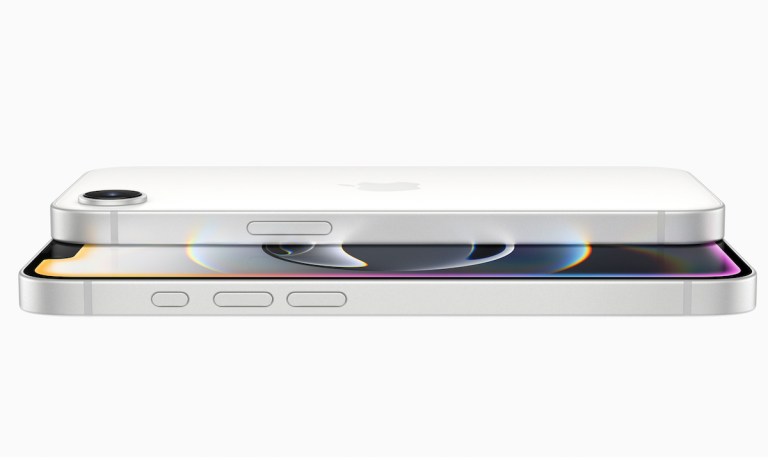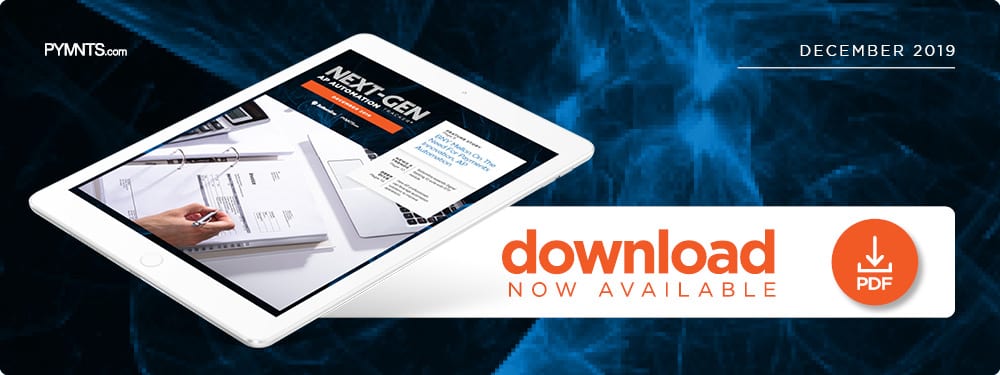Deep Dive: AP Processing Delays And How New Payment Innovations Can Help

Paper-based payment methods such as checks and cash are awkward and cumbersome in either business-to-business (B2B) or business-to-consumer (B2C) transactions. The negative impact that these increasingly outdated methods have on both senders and receivers has mostly been ignored, however.
Such legacy payment methods are usually tied to paper-based invoices and manual tracking and reconciliation procedures, which impede payments from being processed in a timely manner. These payment methods also frequently result in firms receiving transactions and associated remittances in various formats that range from emails and Excel files to paper reports. Navigating the sheer multitude of options and matching information across several companies’ systems can be challenging.
Bottomline’s 2019 B2B Survey Payments Report finds that manual processing is the second-most pressing obstacle for treasury departments and the biggest challenge faced by small businesses. Sixty-five percent of surveyed small businesses considered manual payment generation to be the largest impediment to overcome, in fact.
The issue is not limited to small businesses, though. The report revealed that 54 percent of firms that generate more than $1 billion in annual revenues count manual payment generation workflows among their top three B2B payment pain points. Manual processes can be particularly problematic for such businesses because these firms can generate thousands of payments every day.
The following Deep Dive further explores how paper-based methods can result in processing delays and how new, cutting-edge payment innovations can drive accounts payable (AP) automation.
Manual processing challenges
Manual payment generation is both time-consuming and demanding, tying up personnel who could instead be focusing on other tasks. Such procedures are also prone to human error, which can decrease customer satisfaction and affect vendor relationships. Mishaps and delays can have dire financial consequences for firms, as lengthy invoice processing can expose companies to late fees and prevent them from accessing early payment discounts.
Manual AP processing can also give rise to other inefficiencies. Firms largely miss out on monitoring and tracking their payments’ progress. Suppliers whose invoices have not been paid quickly may deliver another invoice, leading buyers to mistakenly pay for two. Manual AP processes can also be problematic for businesses that operate in multiple locations, as there can be confusion over which location is paying an invoice. Duplicate payments negatively affect cash flows and create new challenges when firms work to recover payments, and this lack of control can leave AP departments vulnerable to fraud.
There is a better way, however. Automating AP processes can improve payments’ accuracy, speed and quality, as less reliance on manual data entry cuts down on related errors. Businesses can also look beyond their banks’ traditional solutions. FinTechs provide many services that can streamline firms’ AP processes, and almost one-quarter of businesses reportedly plan to boost their use of FinTech payment solutions in the next three years.
Firms still must take care not to buy into the hype of technology-based solutions — such as those enabled by artificial intelligence (AI), blockchain and robotic process automation — without understanding their business needs. Both banks and businesses view application programming interfaces (APIs) as the technology that will have the greatest positive effects on B2B payments innovation over the next two to three years, according to Bottomline’s study. The widespread implementation of the revised Payment Services Directive (PSD2) means more FinTechs, financial institutions and businesses are using APIs to enable faster communications between operating systems and replace burdensome paper-based payment methods.
The adoption of digital payment methods is also bound to speed payment settlements and enhance tracking options. Almost 55 percent of small and large businesses are using or interested in using real-time payments (RTP), according to Bottomline. More than 40 percent are interested in same-day ACH, and over 30 percent are interested in blockchain technology.
Greater access to innovative payment methods will give businesses opportunities to move away from manual AP processes. Those that do not keep up with technological innovation risk falling behind.
Apple Aims to Reach More Customers With Lower-Cost iPhone 16e

Apple debuted its lower-cost smartphone, the iPhone 16e, Wednesday (Feb. 19), saying the product’s price starts at $599.
“We’re so excited for iPhone 16e to complete the lineup as a powerful, more affordable option to bring the iPhone experience to even more people,” Kaiann Drance, vice president of worldwide iPhone product marketing at Apple, said in a Wednesday press release.
The new model joins a smartphone lineup that includes the iPhone 15 starting at $699, the iPhone 16 starting at $799 and the iPhone 16 Pro starting at $999, according to the Apple website.
The iPhone 16e is “built for Apple Intelligence,” the company’s artificial intelligence (AI) offering, according to the release.
The smartphone also offers Apple’s A18 chip, the Apple C1 cellular modem, a 48MP Fusion camera system and a 6.1-inch display, the release said.
The Big Tech firm will accept pre-orders for the iPhone 16e in 59 countries and regions beginning Friday (Feb. 21) and will make the phone available beginning Feb. 28, per the release.
The new smartphone will cost $170 more than the iPhone SE that it replaces, Bloomberg reported Wednesday.
It also marks the biggest change in the history of the low-end iPhones that were introduced in 2016 and have not been updated in nearly three years, according to the report.
The company reported in January that during the fourth quarter — the first quarter in which it offered the iPhone 16 and Apple Intelligence — the iPhone 16 models performed stronger in markets where the AI features were available.
Apple reported a record number of iPhone upgraders during the quarter, with the iPhone 16 family outperforming the iPhone 15 family since launch. During a January earnings call, Apple CEO Tim Cook attributed this trend to a strong desire among existing customers to adopt the latest technology, with Apple Intelligence being a key factor.
The company’s installed base of active devices reached a record high of 2.35 billion during the quarter.
When Apple unveiled Apple Intelligence in September, it said the suite of AI-powered features integrates deeply into the company’s ecosystem, leveraging the technology to perform tasks ranging from text refinement to image manipulation, all while prioritizing user privacy.
